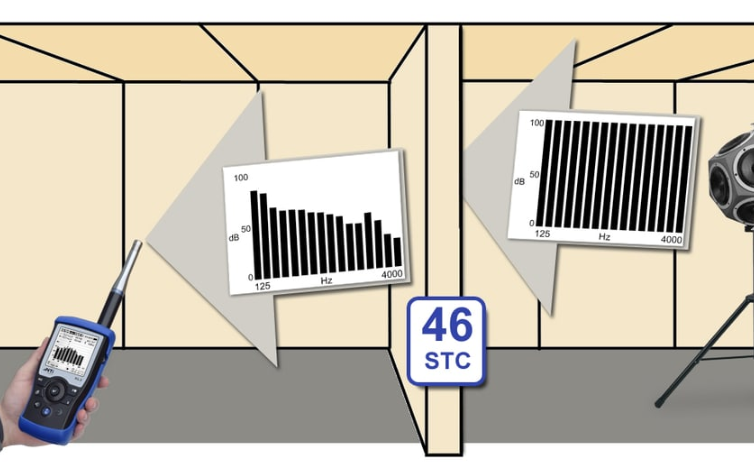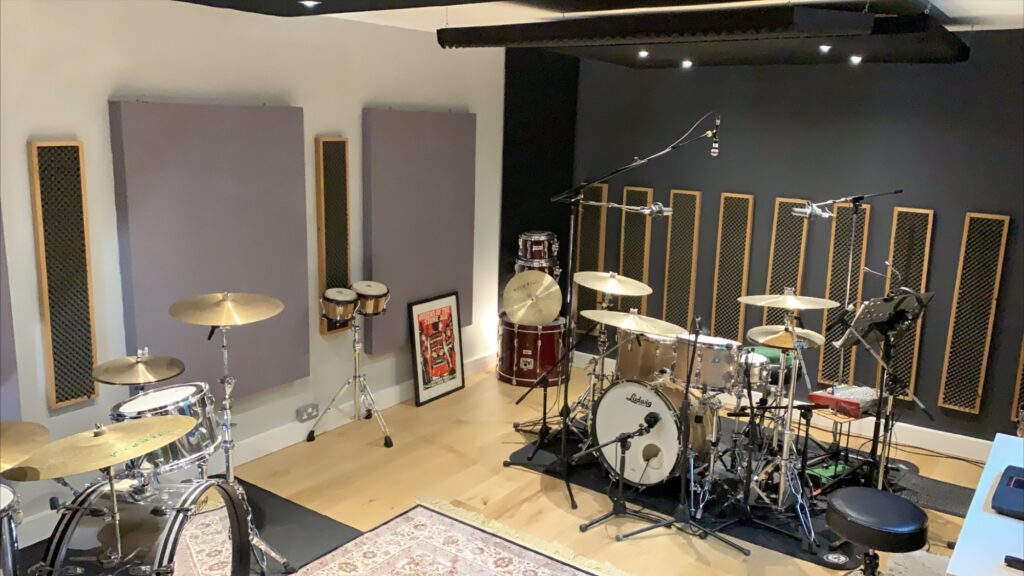Soundproofing is a critical consideration for architects, builders, and homeowners aiming to create quiet, comfortable spaces. The STC (Sound Transmission Class) Acoustical Rating System is a widely recognized standard for measuring how well a building partition, such as a wall, floor, or ceiling, reduces airborne sound. This article explores the STC rating system, its importance, and how it can guide soundproofing decisions.
What is the STC Rating System?
The STC rating system is a numerical value that quantifies the ability of a material or structure to block sound. It ranges from 25 (poor soundproofing) to 65+ (excellent soundproofing). The higher the STC rating, the better the material or structure is at reducing sound transmission. For example, a standard interior wall might have an STC rating of 30-35, while a soundproofed wall could achieve an STC rating of 50 or higher.
Why is the STC Rating Important?
The STC rating is crucial for ensuring privacy and comfort in residential, commercial, and industrial spaces. It helps determine the effectiveness of soundproofing materials and designs, ensuring that noise from outside or adjacent rooms is minimized. Whether you’re designing a home theater, office, or apartment building, understanding STC ratings can help you select the right materials and construction techniques.
How is STC Measured?
STC ratings are determined through laboratory testing. A sound source emits noise on one side of a partition, and the sound levels are measured on both sides. The difference in decibels (dB) between the two sides is used to calculate the STC rating. While lab conditions provide precise measurements, real-world performance may vary due to factors like flanking noise (sound traveling through gaps or other paths).

Choosing the Right STC Rating for Your Needs
The ideal STC rating depends on the specific application. For example:
- STC 25-30: Basic sound reduction, suitable for low-noise environments.
- STC 40-45: Good for reducing normal speech and everyday noise in homes.
- STC 50+: Ideal for spaces requiring high sound isolation, such as recording studios or home theaters.
Improving STC Ratings in Construction
To achieve higher STC ratings, consider the following strategies:
- Use dense, sound-absorbing materials like mass-loaded vinyl or acoustic drywall.
- Incorporate air gaps or resilient channels to decouple walls and ceilings.
- Seal gaps and cracks with acoustic caulk to prevent sound leaks.
- Add insulation within wall cavities to dampen sound vibrations.
See Also: NRC Ratings: Noise Reduction Coefficient Explained
Limitations of the STC Rating System
While the STC rating is a valuable tool, it has limitations. It primarily measures mid to high-frequency sounds (like speech) and may not fully account for low-frequency noises (like bass or traffic rumble). For comprehensive soundproofing, consider additional metrics like Impact Insulation Class (IIC) for impact noise.
Call us: Contact Waseem Technical Soundproofing Expert in Dubai For Soundproofing: +971 50 209 7517
Conclusion
The STC Acoustical Rating System is an essential guide for effective soundproofing. By understanding STC ratings and how they apply to your project, you can create quieter, more comfortable spaces tailored to your needs. Whether you’re building a new home or renovating an existing space, prioritizing soundproofing with the right STC rating will enhance your quality of life.




